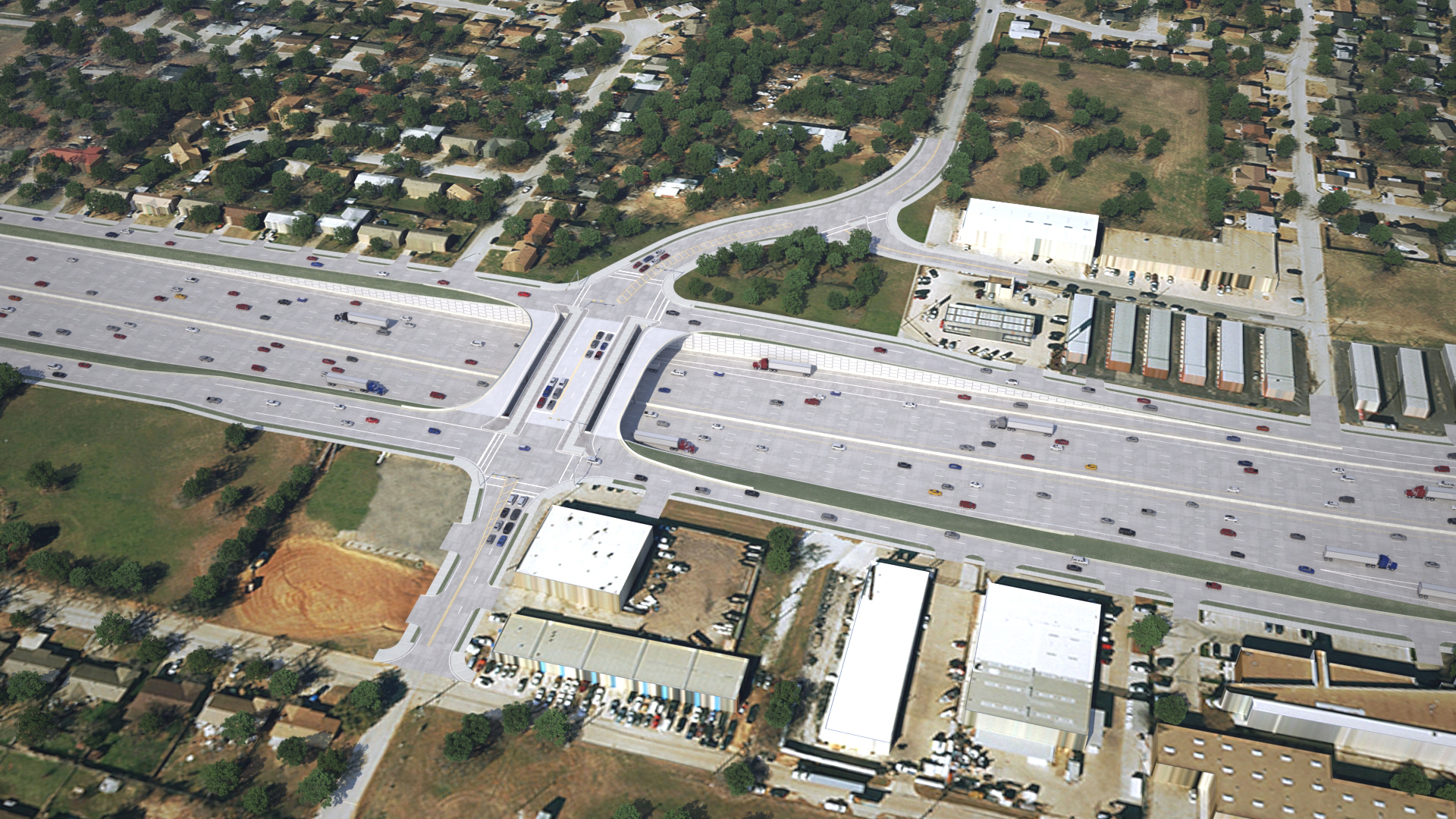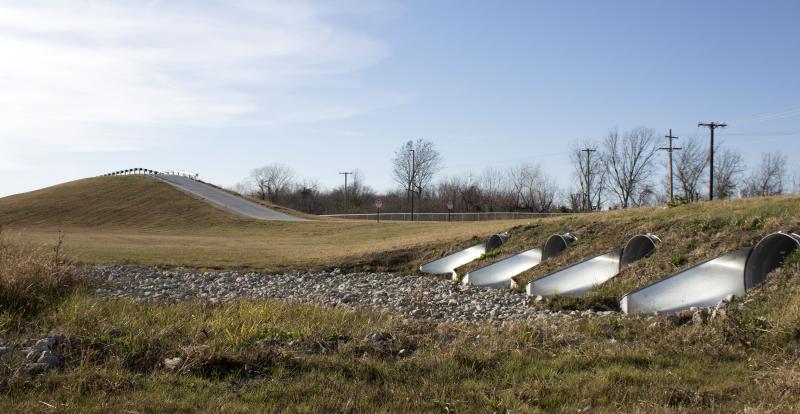Project Detail
Texas project improves roadways and mitigates environmental impacts and permitting delays

The $2.1 billion Southeast Connector project, near Arlington, Forest Hill, Fort Worth and Kennedale Texas, began in 2016 to address increasing traffic volumes and the resulting traffic congestion, improve connectivity and safety and help connect pedestrian and bike routes along the frontage roads for the area communities and visitors, all while considering and minimizing environmental impacts and concerns.
Challenge
The project spanned 16 miles along Interstate 820 (I-820), Interstate 20 (I-20) and US 287 including three fully directional interchanges. Capacity of I-20, I-820 and US 287 within the project limits was inadequate to meet current and future traffic volumes, resulting in congestion, reduced mobility and an unacceptable Level of Service within these project limits. The connectivity between the roadways was inefficient resulting in short weave/merge distances, insufficient sight distances and reduced vertical bridge clearances. There were no continuous pedestrian/bike facilities within or along the frontage roads and no connections to municipal bike trails or facilities resulting in lack of connectivity. In addition, a tributary to Village Creek weaves through the I-20 at I-820 Interchange. Similarly, a tributary to Kee Branch paralleled I-20, east of Village Creek.
Solution
To solve those challenges, the project added one to two main lanes in each direction, consolidated ramps and removed existing left-hand exits by utilizing proposed collector-distributor roadways and added grade separated, continuous frontage roads through two rail crossings and over a FEMA Zone A Floodplain. Bicycle and pedestrian accommodations included sidewalks, shared-use paths and/or buffer-separated bicycle lane along the frontage roads and at cross-street intersections.
A tributary to Village Creek weaves through the I-20 at I-820 Interchange. Similarly, a tributary to Kee Branch paralleled I-20, east of Village Creek. Environmental documentation was an important component to ensuring this project would move forward and improve the community. The project team needed to perform an Environmental Assessment (EA) and prepared/conducted technical analyses. They accurately discussed the need, purpose, alternatives, environmental issues and impacts. Environmental work for the project included completing Section 404 wetland and stream delineations, considering and documenting community impacts, reviewing Environmental Justice (EJ) populations and displacements thereof, considering a Historic Neighborhood, and completing high-risk hazardous materials sites and intricate noise barrier analyses. The project noise model (TNM 2.5) included over 129 representative receivers, 95 impacted receivers and 22 proposed noise barriers (7.3 miles total).
Value
To solve those environmental challenges, the project required detailed coordination with the Barlett & West’s hydrologic and hydrology engineer and the design engineer to avoid two wetlands and to keep impacts to less than 0.1 acre by spanning the creeks rather than re-channelizing as originally planned. This approach avoided filling/re-routing streams, avoided and minimized impacts to obviate the need for federal permitting with the U.S. Army Corps of Engineers. It resulted in enhanced budget savings and avoidance of schedule delays all while allowing the design team to maintain TxDOT design standards.
Tell us about your project
We’d love to work with you. Tell us the services you are seeking and one of our team members will connect with you.

